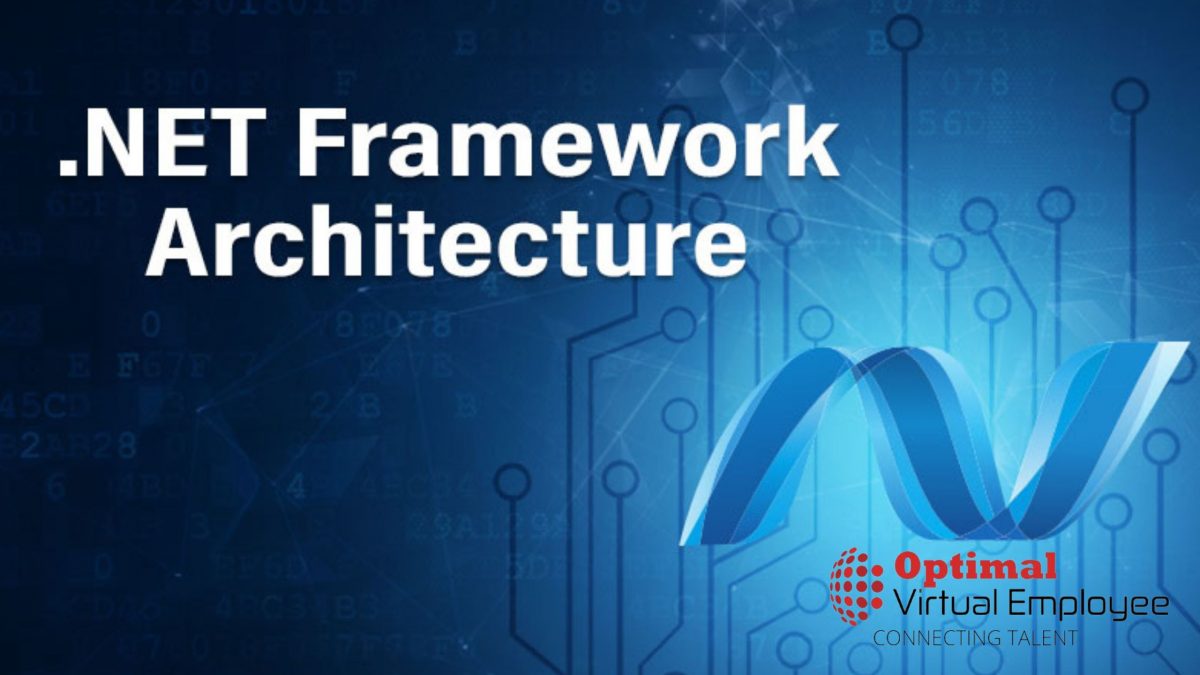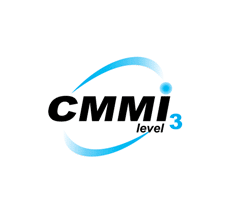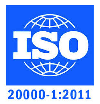Developers will now be able to target a larger audience and build large-scale applications much more quickly, thanks to the growing market prospects and significant breakthroughs in software development. It is always advisable to keep a close eye on market dynamics to stay updated and take in pertinent changes. .Net Framework is one such advanced software platform developed by Microsoft that helps you with your applications. More than 45 programming languages are braced by .Net, some of which were developed by Microsoft.
What is .NET Framework?
Various technologies are developing rapidly and can provide some of the most powerful software applications. Microsoft’s well-known programming language, the.Net Framework, allows the designing and executing of programs for Windows, Windows servers, XML Web services, and Microsoft Azure. The .Net Framework permits coders to produce appropriate apps for specific projects and provides a good return on investment. Its features, like reusable code and object-oriented programming, make it one of the most popular frameworks.
The.Net Framework allows you to create various apps like web apps, mobile applications, gaming, the Internet of Things (IoT), etc. There are different known apps developed with the .Net Framework. With the support of the .Net Framework, coders can write code once and develop programs for Windows, Mac OS X, and Linux. .Net is an assortment of multiple coding languages, libraries, and editors.
Currently, .Net is primarily linked with web services and peer-to-peer applications. It is easy to design web services that are responsive and adaptable using a diversity of programming languages and frameworks. The.NET Framework has multiple benefits, but language interoperability is the most significant. CLR (Common Language Runtime) makes it easy to call languages like C#, C++, Visual Basic, F#, JS, and many more to advance applications quickly and swiftly. It is crucial to remember that to develop and distribute programs that work on a variety of devices, you will need a solid grasp of.NET fundamentals.
Advantages of .Net development
- Secured – .Net Framework provides enhanced application security. Two main features of Managed Code and CLR include security mechanisms such as application access management and, second, role-based protection.
- Object-Oriented – The object is everything a user notices within the .Net Framework. It is similar to what is written on the platform. Users, therefore, receive a vital tool that can be used for more than the accessing purpose. They may also supervise their applications. They also use it to respond to repeated situations more simply and expertly.
- Easy to operate & maintain – .Net is very simple to use and straightforward. .Net is incredibly simple to manage and compose as both the HTML and the source code are available.
- Time efficient – .Net eradicates a significant portion of the coding criteria. This ensures that developers save a lot of time, and the device’s time-to-market will be considerably lowered.
- Monitoring – Even the term “.Net” refers to its automated control. Any bugs or issues, like infinite loops, memory leaks, etc., will be instantly found by this. Additionally, this will pause and resume these processes on its own.
What is the .Net Framework Architecture?
.Net architecture is a programming framework that proffers a managed performance environment, development, and deployment in the simplest way. Some of the key features the .Net framework architecture is based on include:
- Common Language Infrastructure
CLI allows using different high-level languages on other computer platforms without replicating the code for any particular architecture.
Key features:
- Common Type System (CTS) defines the programming types and operations supporting it
- Metadata
- Common Language Specification (CLS)
- Virtual Execution System (VES)
- Common Language Runtime
Popularly known as CLR, it is a .Net framework that directs app running and other system services like memory (garbage collection), security, exception handling, etc.
Key features:
- Garbage collection
- Error handling
- Assemblies
Assemblies are a group of resources created to cooperate and form a logical functioning unit. There are three types of assemblies: Private assemblies, Shared assemblies, and Satellite assemblies. A single file or a collection of files can make up an assembly. When using several files, only one primary module houses the manifest; all other assemblies are contained in non-manifest modules.
Key features:
- Deployment
- Reuse
- Activation scoping
- Version control
- Security permissions
- Class Library
A class library is a set of functions and procedures that may be applied to the primary goal. There are several standard class libraries included with the.NET Framework. The “Assemblies” is another name for them. It can be compared to Java packages and C or C++ header files.
Key features:
- Exceptions handling
- System communications
- Support for creating web services
- Data access
- C++/CLI
The C++ programming language has been adopted for Common Language Infrastructure to become C++/CLI. It has been a characteristic of Visual Studio since version 2005 and proffers compatibility with other .Net languages like C#. Microsoft developed C++/CLI to replace Managed Extensions for C++.
Key features:
- Basic properties
- Static properties
- Indexed properties
- Virtual properties
- Abstract and sealed properties
Uses of .Net Framework
After carefully going through the fundamentals of.Net, we will look at some of its applications.
- Apps
As clearly stated above, .Net is well-suited for application development. It assists in developing cross-platform compatible applications. Applications that can be utilized quickly and swiftly on a desktop, laptop, or mobile device are those that are being advanced, most often using .Net.
- Gaming Applications
Versatility is a critical trait that helps design gaming applications using the Framework. Gaming apps are designed better and last longer because of the.net framework’s responsiveness and excellent performance.
- Business Applications
.Net development services help create any company application for easy operations, from scalable ERP to CMS systems.
- Internet of Things
Thanks to interoperability and excellent performance, programmers may create apps bespoke to the Internet of Things and respective linked devices with intelligent features. Utilizing Visual Studio, you can design, distribute, and debug your code on actual hardware. It is backed by the.NET Foundation and is appropriate for multiple IoT projects.
Conclusion
In conclusion, .Net is an outstanding software framework for creating and running versatile mobile and web applications. In the years to come, it is predicted that .Net will expand and grow. There are multiple uses .Net technology offers. Everything a software developer needs is available in this single yet small Framework. Together, Visual Basic, ASP.NET, and the.NET Framework contribute to designing a unified programming environment. More than the disadvantages, some pros make the .NET framework more in demand. Businesses can efficiently construct digital products and solutions because of their rapid development, cross-platform capabilities, and simple deployment.









